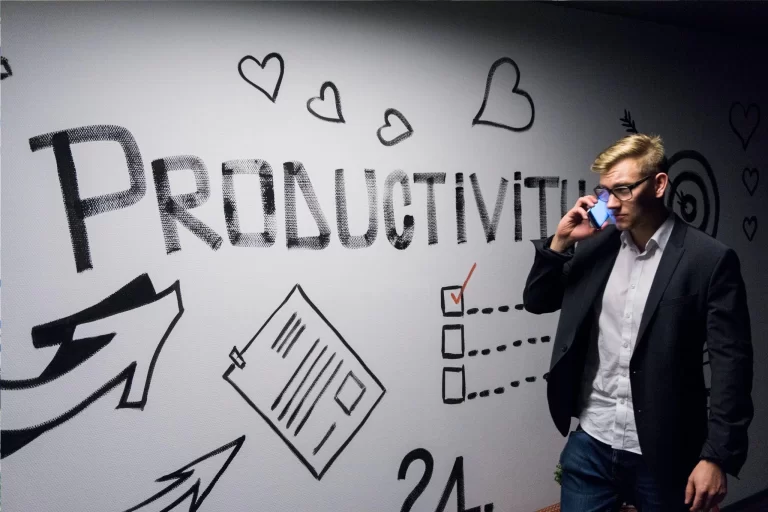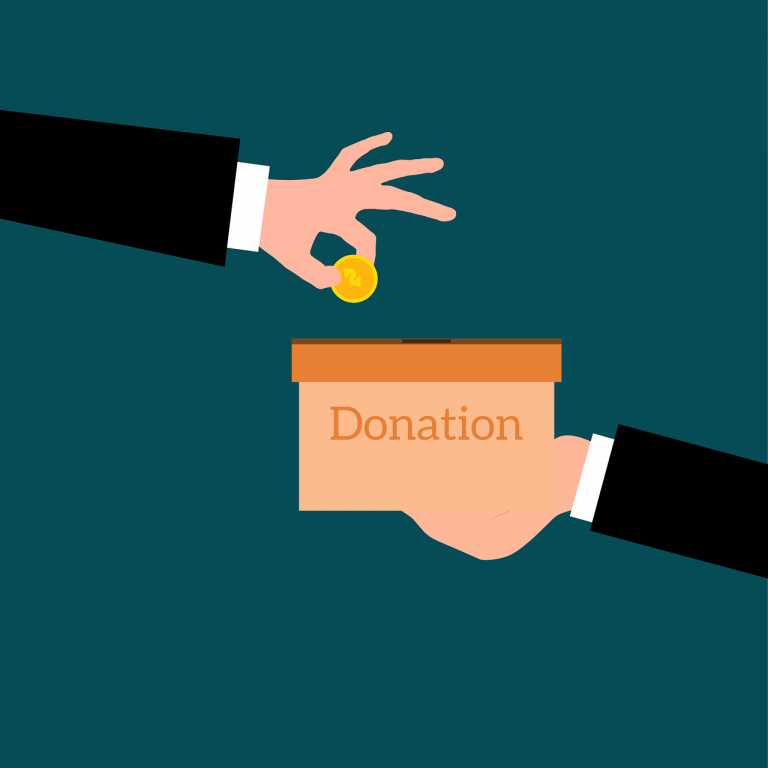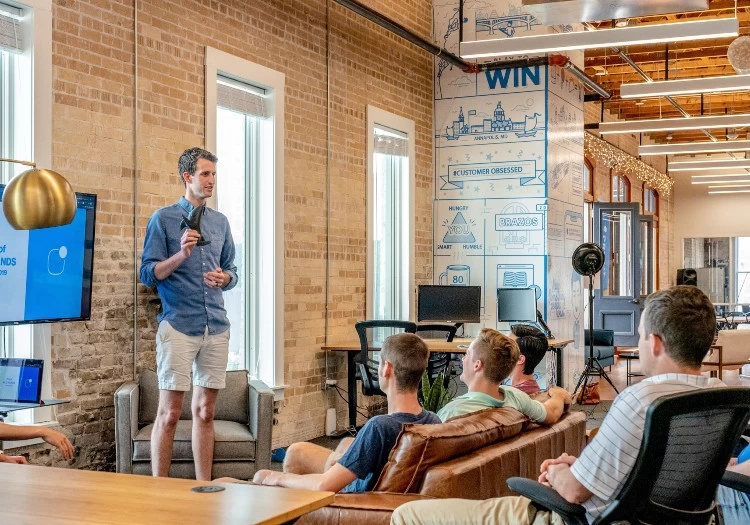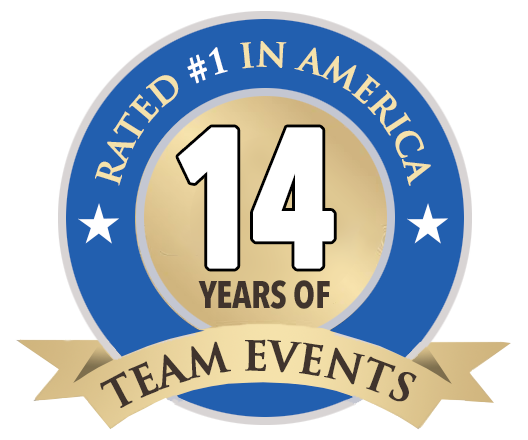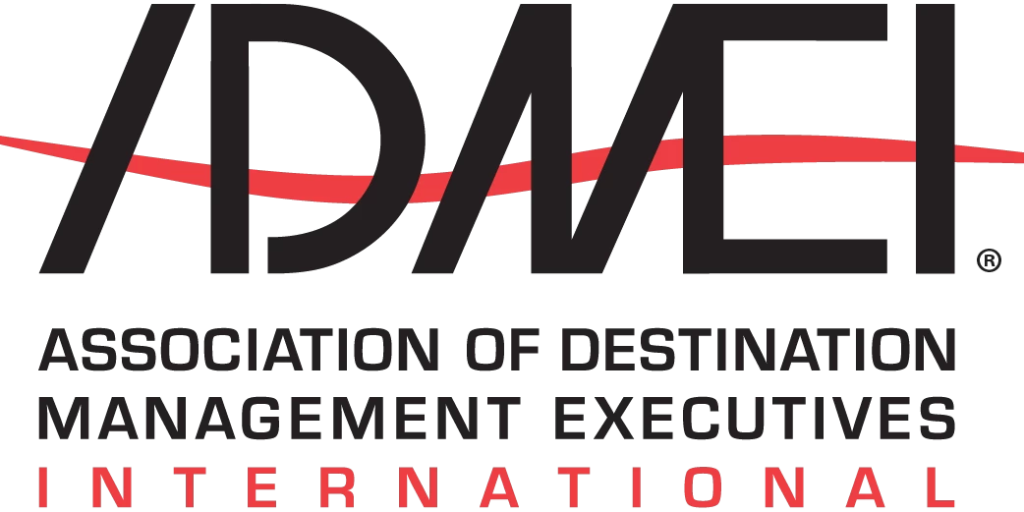How long does it take for a new employee to become fully productive? Estimates from different studies vary widely, from six months to eight months to a year to as long as two years.
The process of onboarding a new employee (or a current employee transitioning into a new role) can’t be skipped over or short-circuited. As Dick Grote, performance management consultant and author of How to Be Good at Performance Appraisals has said, “The idea of a new employee ‘hitting the ground running’ is a farce. You know what happens if you do that? You fall on your face.”
There are many aspects to bringing a new employee up to speed, of course, from learning about the company and its products or services to understanding the requirements of the role and the supporting technology.
But one of the most critical factors is getting to know the people they will be working with. What are each person’s strengths and unique knowledge? Are they outgoing or introverted? A “numbers person” or someone who operates more on gut instinct? Do they like to talk things out, or are they more of a “just the facts” type? Visually oriented? A good listener?
One of the best ways to get new employees productive more quickly is to find a way to get them acquainted with the people they’ll be working with most closely. This will enable them to communicate more effectively with each coworker and avoid missteps or misunderstandings. And the best way to accomplish that is through team building!
Here are four ways team building activities help make new employees (or new-to-the-role employees) more productive, more quickly.
It Breaks Down Barriers
Team building breaks down barriers by removing the shackles of work. It’s not about deadlines and priorities; it’s about addressing communication skills, learning how to deal with conflict, and building relationships at a deeper level.
One of the biggest challenges when starting in a new role is getting to know people well enough to work with them productively. Just being introduced to Jane in accounting is fine, but team building short circuits the process of getting to know coworkers, to really understand what they are like and how to communicate effectively with them. It’s informal, it’s light-hearted, it’s easy, and it’s non-threatening.
In team building exercises, the groups can be departmental but are often cross-functional to help build relationships across the organization. In any case, doing a team building event helps employees break down barriers, create openness, and get to know each other on a more personal level.
It Helps Align Actions with Team Goals
Team building is really about aligning actions with team goals: improve performance, create synergies, and deliver results. The reason to do a team building event/workshop is to get your team firing on all cylinders.
You’ve put together this group of people with different backgrounds and strengths, and you want to leverage all of those strengths. You also want to address any shortcomings someone may have to help with their career development and benefit the team.
Professional development programs are about getting to that next level with a person to make it easier to have challenging discussions. It makes it easier to have a conversation about changing processes or bringing on somebody new, and to align these actions with team goals.
It Builds Connections
Often (particularly in large organizations), teams in different locations need to coordinate efforts. How do you create that connectivity? The challenge goes beyond just holding a team meeting over Zoom. Team-building activities help those groups learn how to solve a problem together and how to include everybody in the solution.
The crux of that is communication skills. Some team members will be alphas, while others are followers. Team building programs require all team members to work together to accomplish the goal. It creates a situation where you align everyone’s individual actions for the greater good.
It Creates a Shared Experience
Team building creates a shared experience that gives people something in common even if they don’t have much otherwise. You may have an extrovert and an introvert, but they built a bike together for a donation. And even if they weren’t on the same team, they can compare how their teams solved a specific problem. They have that shared experience to talk about.
In Maslow’s Hierarchy of Needs, the bottom two layers are physiological needs (food and shelter) and safety. Once those are satisfied, people are looking to be valued, included, to have a seat at the table, to make a difference. That’s what team building does. It checks all those boxes.
Wrapping Up
The faster a new employee can become fully productive, the better it is for everyone involved. It’s good for the business. It’s good for team members who want to be able to rely on each other. And it’s good for the individual new employee, who wants to feel they are spending their work time contributing to the organization—not just watching safety and training videos.
A key component in bringing new employees up to speed is integrating them into the work environment, helping them get to know and understand their coworkers well enough to communicate effectively and avoid misunderstandings.
Programs like escape rooms or our Escape SmartHunt® are great for bringing new employees on board because the clues pull on different strengths: memory, visual, reasoning. By relying on different people’s skillsets, they keep the whole team involved and working collaboratively.
Trivia games or programs like Best Corporate Feud are also effective. They can be customized to include company facts and information, making them educational as well as fun and challenging for new employees.
Finally, any of our charitable CSR programs like our Bike Build Donation®, Build-a-Wheelchair® program, or STEM Backpacks for Kids work well for new employee orientation, as teams work collaboratively to assemble items then donate them to worthy charities. They not only enhance teamwork but also build a memorable, emotional bond.
Team building can help employees get acquainted with the people they’ll be working with most closely and learn how to collaboratively solve problems with the team in a fun and non-threatening setting.
It accelerates team development, breaks down barriers, helps to align actions with team goals, builds connections, and creates a shared experience. In so doing, it helps new employees become more productive, faster.

